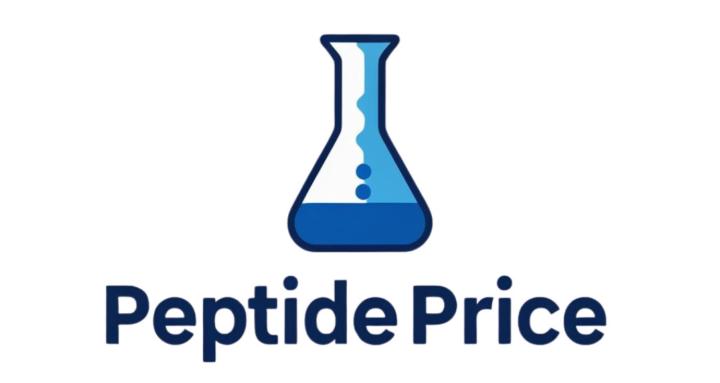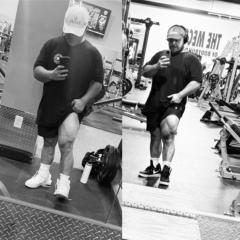⭐
🔥
5h (edited) • Peptide Tips
🧩 KPV – What It Is, How It Works, and Why Researchers Use It
KPV is a naturally occurring tripeptide fragment of alpha-MSH (melanocyte-stimulating hormone). Unlike its parent compound, KPV doesn’t affect pigmentation. Instead, it’s being looked at for its anti-inflammatory, gut-protective, and skin-healing properties.
🔬 Mechanisms of Action
KPV’s main effects come from its ability to calm down overactive inflammation:
- NF-κB inhibition → This transcription factor drives many inflammatory pathways. Blocking it reduces pro-inflammatory cytokines (like TNF-α, IL-6).
- Mast cell stabilization → Helps reduce histamine release, which plays a role in allergies and gut inflammation.
- Gut barrier support → Appears to strengthen tight junctions in the intestinal lining, reducing “leaky gut.”
- Antimicrobial effects → Shown in research to reduce bacterial overgrowth and infections in the gut and skin.
💉 Injectable Benefits (SubQ or IM)
When injected, KPV goes systemic, offering broader effects:
- Systemic inflammation control – Potential for autoimmune-related inflammation, joint pain, and skin flare-ups.
- Skin health – May help reduce redness, eczema, psoriasis, and acne inflammation.
- Recovery & repair – By calming immune overactivation, it may support faster recovery from stress, training, or tissue irritation.
Typical research ranges:
- 200–500 mcg once or twice daily (subcutaneous)
- Some studies explore up to 1 mg/day
- Timing: Often morning and/or evening, depending on systemic inflammation goals.
- Duration: Cycles of 4–8 weeks, then reassess.
💊 Oral Benefits
KPV is also uniquely stable when taken orally, making it especially interesting for gut health:
- Gut inflammation – Helps with colitis-like symptoms, IBD, and general gut irritation.
- Strengthens gut barrier – Supports tight junction integrity to reduce permeability (“leaky gut”).
- Allergic responses – May calm food sensitivities by reducing histamine and mast cell activation.
- Microbiome balance – Shown to decrease harmful bacterial activity in the gut lining.
Typical research ranges:
- 500 mcg – 1 mg once or twice daily
- Some trials go up to 2–3 mg/day for gut-specific outcomes
- Timing: Best taken with water, on an empty stomach, to maximize absorption in the GI tract.
- Duration: 4–12 weeks depending on gut health goals.
⚖️ Oral vs. Injectable – What’s the Difference?
- Oral → Best for localized gut effects (IBD, leaky gut, food sensitivity, bloating).
- Injectable → Best for systemic inflammation (skin, joints, overall immune modulation).
Many people pair the two: oral for gut + injectable for full-body support.
📌 Takeaway
KPV is one of the most versatile, low-side-effect research peptides out there. Its main value lies in:
- Calming chronic inflammation
- Supporting gut barrier health
- Improving skin issues tied to immune overactivation
- Offering systemic anti-inflammatory benefits with injection
Unlike many compounds, it works well both orally and injectably, making it flexible depending on your research goals.
1:46
28
18 comments

skool.com/peptideprice
Premier peptide education hub. FREE courses on research peptides & GLP-1s. US supplier intel, safety protocols & expert community support. 🧬🚀
Powered by





